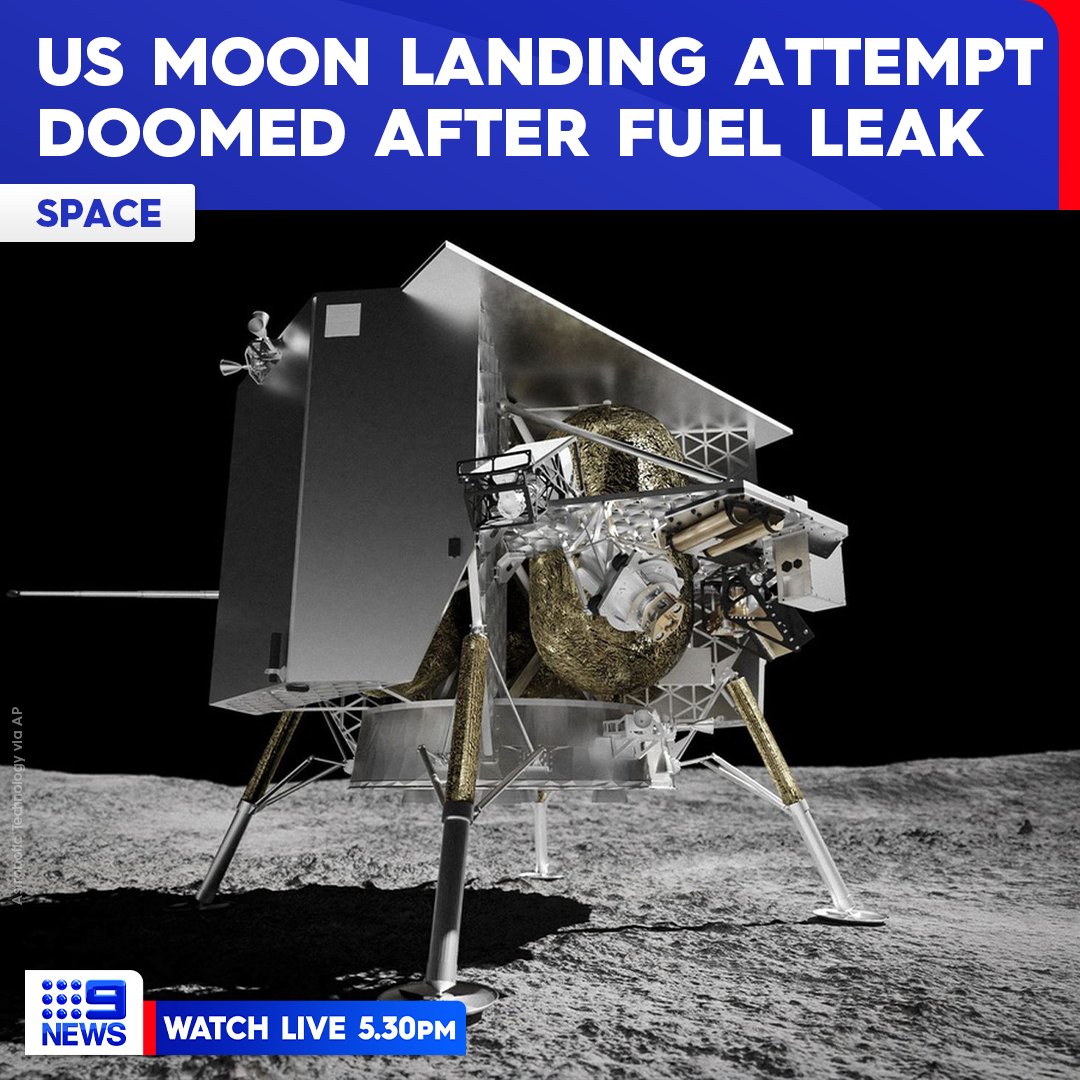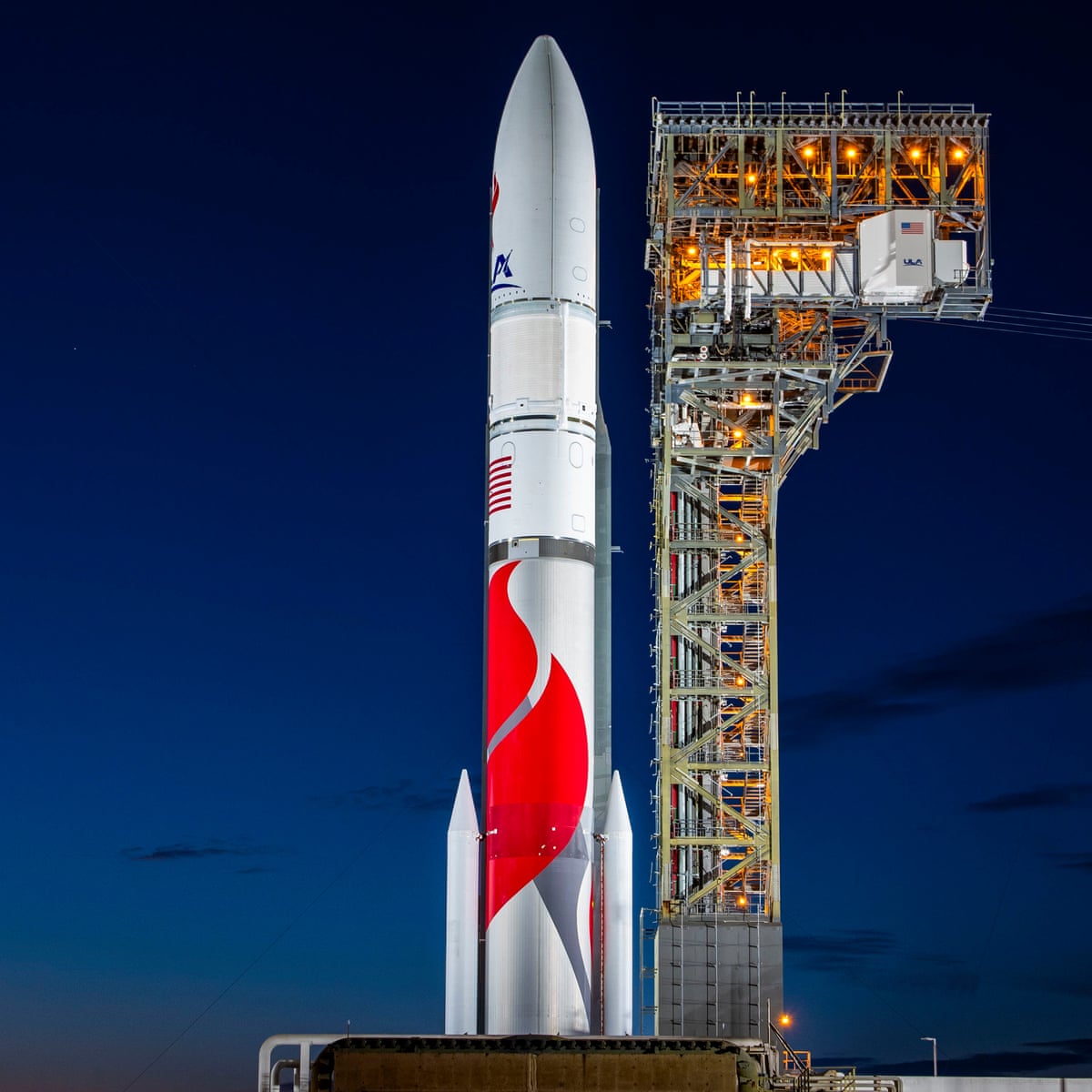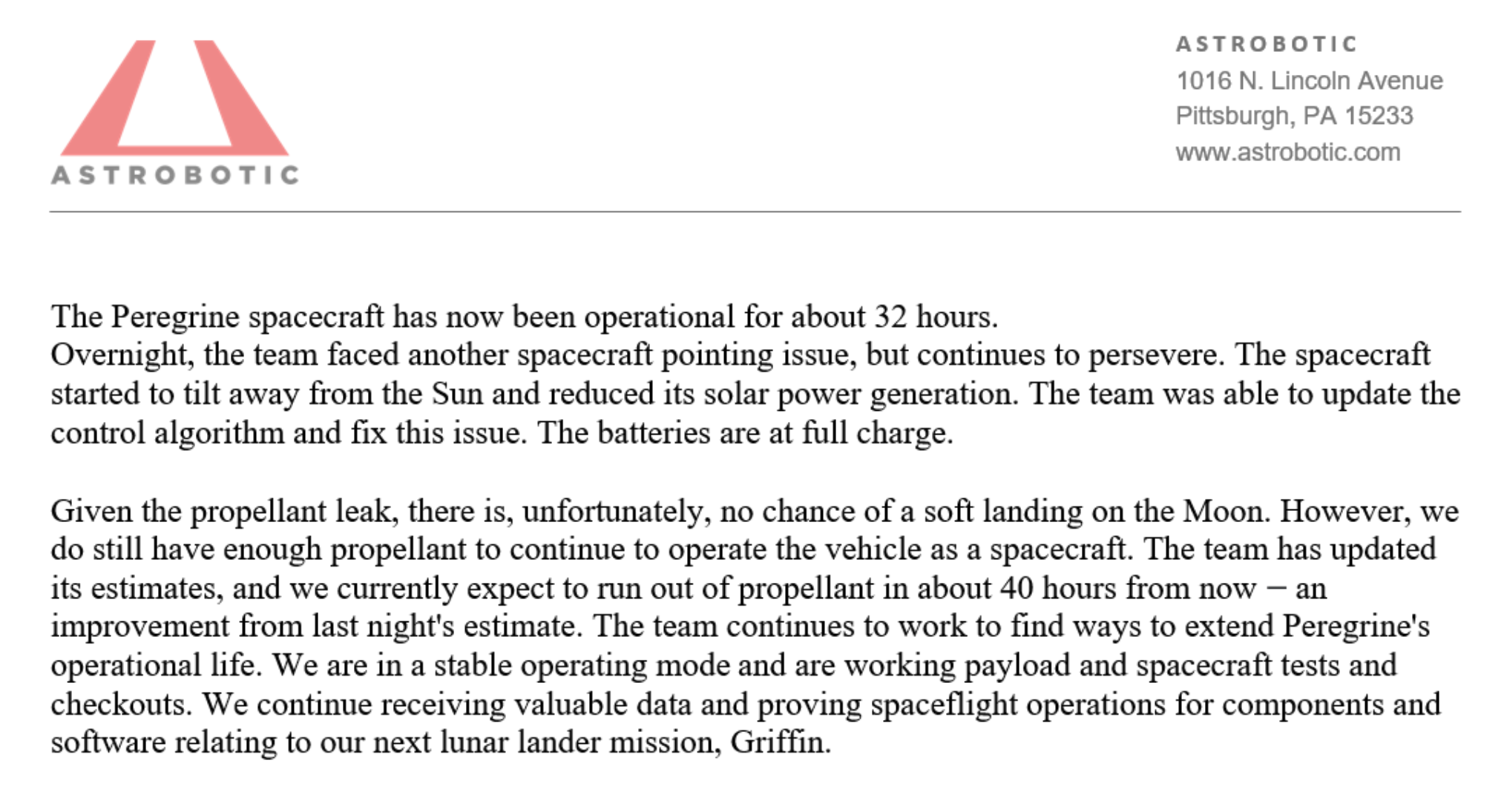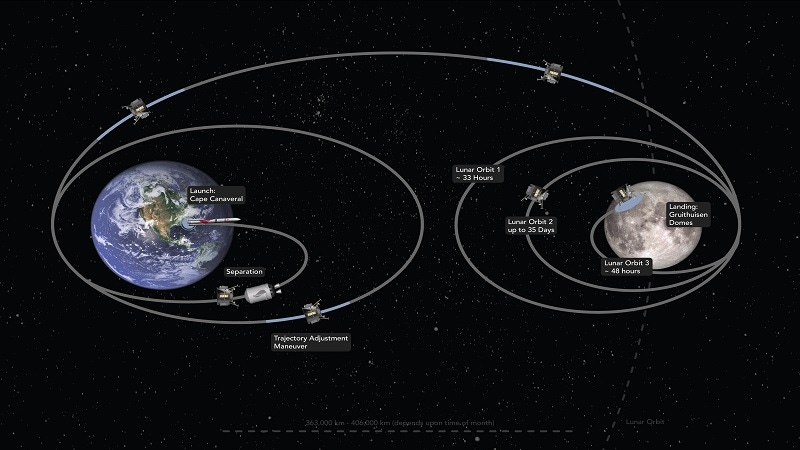NASA finally declared the real reason the Peregrine moon lander Failed!
While ULA and Blue Origin were celebrating the long-awaited success of their Vulcan flight, NASA encountered a setback. Their first robotic lander in over fifty years lost its trajectory to the moon after just a few hours of flight.
- The Peregrine lander, commissioned by NASA, was slated to touch down near the lunar south pole on February 23.
- A successful landing would have marked the first American moon mission since Apollo 17's arrival in December 1972, and notably, the inaugural lunar landing by a private company.
- The initial indication of trouble arose when the spacecraft couldn't adjust its position to allow its solar panels to face the sun.
- The ground-based engineering team managed to command the craft to maneuver into the correct orientation, enabling its batteries to recharge.
- These batteries are crucial for powering Peregrine's communications and scientific instruments, which, at present, appear to be functioning adequately.
In simpler terms, imagine this: you have a spaceship, and inside it, there are things that help it move around. One of these things is like a door that controls the pressure inside. Astrobotic thinks that this door didn’t close properly when they turned it on, which caused too much air to go into another part of the ship, making it burst from not being able to withstand the extra air.
In space, a propellant system leak acts as a thruster (explains cartoon balloon physics), which in turn hindered the teams' ability to position the solar panels for charging the batteries.
The Peregrine lander relies on a hypergolic propellant mixture, blending hydrazine fuel with a nitric oxide and nitrogen tetroxide oxidizer solution. This established design ignites spontaneously when these substances come into contact, eliminating the need for an external ignition source.
Astrobotic's spacecraft comprises two fuel and oxidizer tanks each, along with a fifth tank for helium pressurant. The craft features five main engines and 12 smaller attitude control engines.
Astrobotic engineers have devised a method to prevent the lander from spinning uncontrollably. However, with a continuously operating reaction control thruster and a leaking propellant, the spacecraft's fuel will eventually deplete, resulting in its loss.
While this explanation is preliminary, a comprehensive report will be prepared by an expert review board post-mission. All available data from the lander is being collected to support this analysis.
The ULA's Vulcan rocket placed Peregrine on the intended translunar trajectory without any apparent issues. There's currently no evidence suggesting that the propulsion anomaly occurred due to the launch.
RELATED
A "critical loss in fuel" has crushed hopes for the first US moon landing in more than 50 years
AstroboticUS Moon mission has no chance of soft lunar lan
US Moon mission has no chance of soft lunar landing
Astrobotic calculates the craft has under two days' worth of propellant left before reserves are exhausted and the spacecraft starts tumbling.
When that moment arrives, Peregrine, with its solar panels no longer collecting sunlight, will rapidly lose power.
Even before Tuesday's announcement from Astrobotic, it had become clear that a touch-down on the lunar surface - the first for the US in half a century - was all but impossible.
When that moment arrives, Peregrine, with its solar panels no longer collecting sunlight, will rapidly lose power.
Even before Tuesday's announcement from Astrobotic, it had become clear that a touch-down on the lunar surface - the first for the US in half a century - was all but impossible.

- The US space agency, NASA, had purchased capacity on the lander for five instruments to study the lunar surface environment ahead of sending astronauts there later this decade.
- Astrobotic is the first of three US companies to send a lander to the Moon this year under a new private-public partnership with Nasa.
- Alongside two other commercial ventures - Intuitive Machines and Firefly - they had planned six missions to the lunar surface in 2024.
RELATED CONTENT ON THIS BLOG
Peregrine Mission 1 is part of NASA’s new CLIPS (Commercial Lunar Payload Services) program, which involves the space agency contracting private firms to send science missions to the moon ahead of the first Artemis crewed landing, which could take place next year.
Peregrine Mission 1 is part of NASA’s new CLIPS (Commercial Lunar Payload Services) program, which involves the space agency contracting private firms to send science missions to the moon ahead of the first Artemis crewed landing, which could take place next year.
A mission to send the first U.S. lander to the moon in five decades has launched successfully from the Kennedy Space Center in Florida.
Peregrine Mission 1, operated by Pittsburgh-based Astrobotic Technology, is aiming to become the first to successfully achieve a soft touchdown of a privately built lunar lander.
The flight also involves the first-ever launch of United Launch Alliance’s (ULA) Vulcan Centaur rocket, which is replacing its Atlas V and Delta IV Heavy launchers.
Peregrine Mission 1, operated by Pittsburgh-based Astrobotic Technology, is aiming to become the first to successfully achieve a soft touchdown of a privately built lunar lander.
The flight also involves the first-ever launch of United Launch Alliance’s (ULA) Vulcan Centaur rocket, which is replacing its Atlas V and Delta IV Heavy launchers.
A mission to send the first U.S. lander to the moon in five decades has launched successfully from the Kennedy Space Center in Florida.
Peregrine Mission 1, operated by Pittsburgh-based Astrobotic Technology, is aiming to become the first to successfully achieve a soft touchdown of a privately built lunar lander.
The flight also involves the first-ever launch of United Launch Alliance’s (ULA) Vulcan Centaur rocket, which is replacing its Atlas V and Delta IV Heavy launchers.
Peregrine Mission 1, operated by Pittsburgh-based Astrobotic Technology, is aiming to become the first to successfully achieve a soft touchdown of a privately built lunar lander.
The flight also involves the first-ever launch of United Launch Alliance’s (ULA) Vulcan Centaur rocket, which is replacing its Atlas V and Delta IV Heavy launchers.
NASA’s new CLIPS (Commercial Lunar Payload Services)
Vulcan Centaur launches Peregrine lunar lander on inaugural mission
United Launch Alliance’s Vulcan Centaur soared into night skies on its long-awaited first launch Jan. 8, carrying a commercial lunar lander.
++++++++++++++++++++++++++++++++++++++++++++++++++++++++++++++++++++++++++








No comments:
Post a Comment